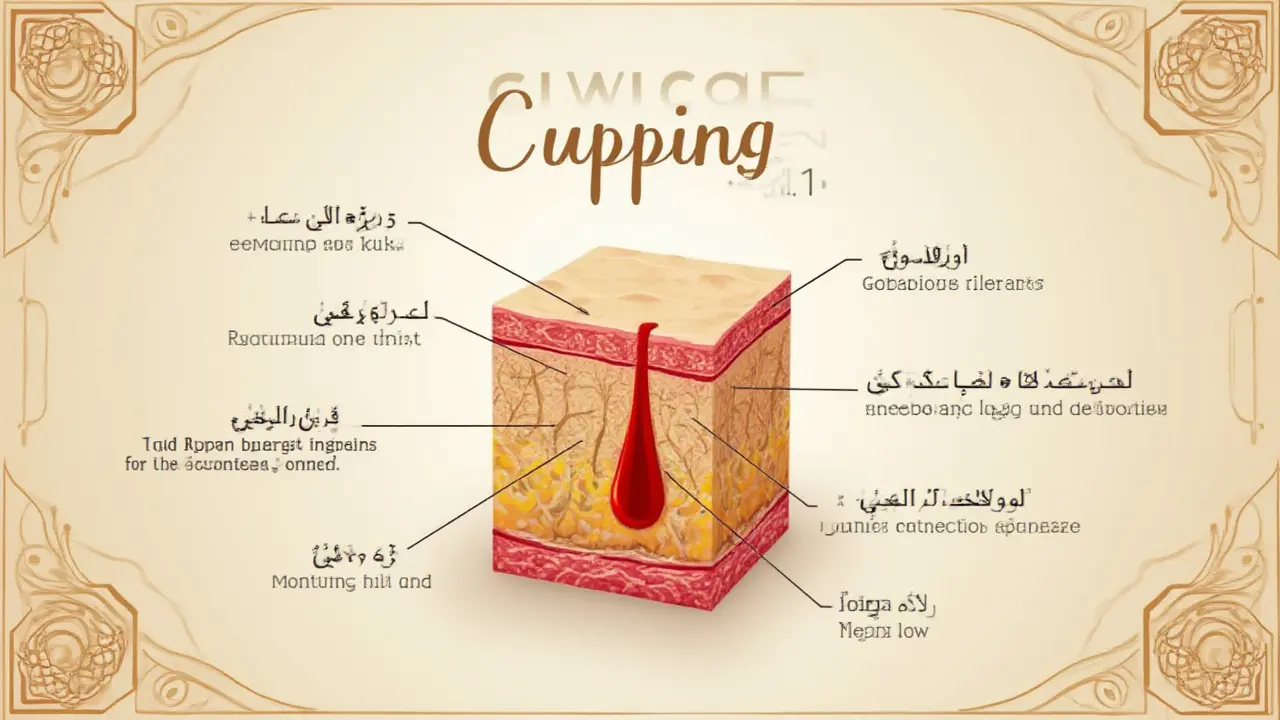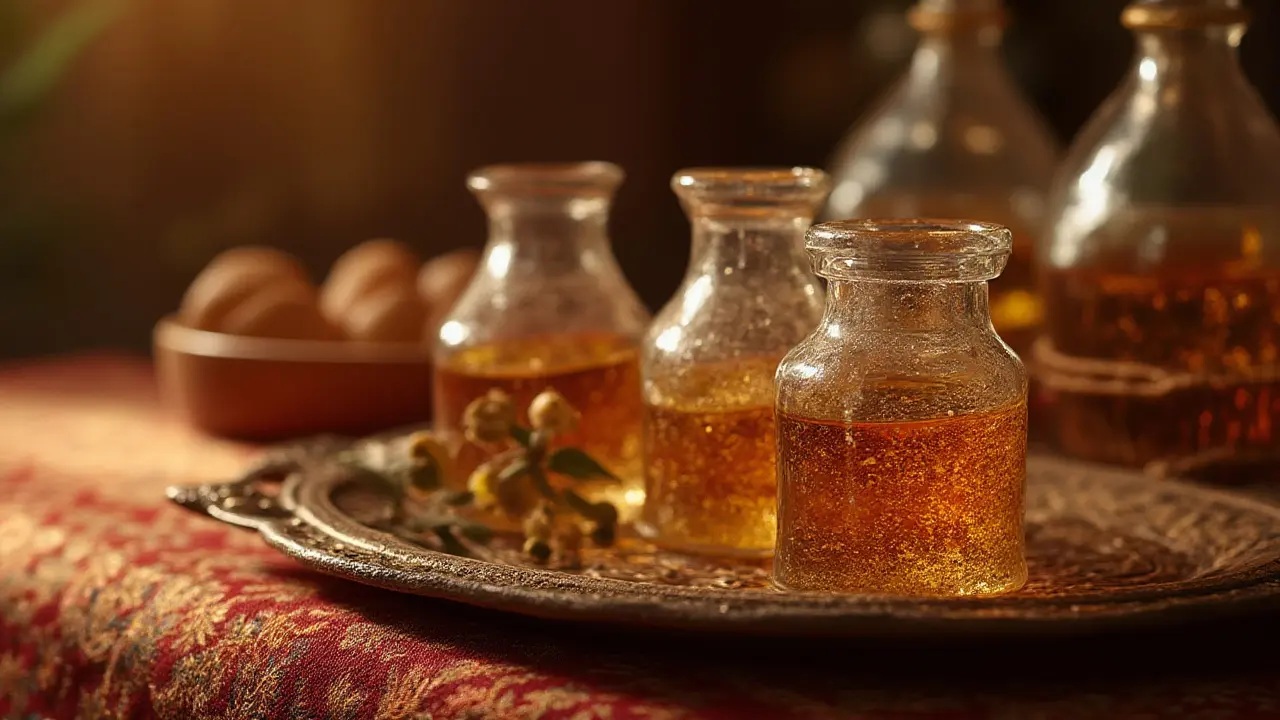If you’ve noticed athletes, influencers, or even your neighbor showing off circular marks on their backs, you’re not alone. Those deep red to purple circles pop up after a cupping session and they’re a kind of badge for fans of this ancient therapy. But what’s really going on under the skin? There’s no shortage of wild claims—removing toxins, sucking out pain, or banishing fatigue in a single pop of air—but the real story is much more interesting.
How Cupping Therapy Works on the Body
Cupping looks simple: a quick heat, a cup on the skin, and a vacuum created either with fire or a small pump. The result is a strong downward pull that draws skin and muscle slightly up into the cup. People have practiced this for thousands of years—think China, the Middle East, Egypt—long before clinical trials or Instagram stories. Here’s what actually happens: The vacuum from the cup expands tiny blood vessels called capillaries. Blood rushes to the area almost like your body’s built-in cleanup crew arriving at the scene. That’s why the skin turns red or purple; the blood pools just beneath the surface, triggering your natural healing response.
Some folks describe a sensation of their muscles ‘untying knots’ or a warm wave spreading outwards. Most people tolerate the slam-dunk of suction well, but it’s not for everyone—if you’re prone to bruising, those marks might stick around for a week or longer. Interestingly, in Dubai’s spa world, cupping is requested not just for relief, but for energy balancing and a feeling of ‘release’ people can’t quite explain. The process is quick, usually between 5 to 20 minutes, depending on the intensity and number of cups. The big question: What does this really pull out?
Cupping and Toxin Removal—Fact or Fiction?
Ancient healers swore cupping could remove “stagnant blood,” “bad wind,” or mysterious toxins. Modern medicine, though, doesn’t back the idea that cups literally suction toxins through the skin. Your organs—mainly the liver and kidneys—do the hard work of filtering toxins every single day. Nothing physical comes out in a cupping session except maybe a bit of sweat or (in wet cupping) tiny amounts of blood. Still, thousands swear by the way they feel afterward: lighter, looser, and energized.
The marks left behind? Those colorful circles aren’t proof of extracted toxins but of broken capillaries and pooled red blood cells. According to a detailed review in the Journal of Traditional and Complementary Medicine, these marks are a sign of increased blood flow and not evidence that anything harmful was removed. Cupping can break up local adhesions and bring old blood or metabolic waste to the skin’s surface, prompting the body to metabolise and clear it out faster. It’s a bit like hitting your internal “reset” button—not a magic cleanse, but a nudge for circulation and repair.
Want a comparison? Take a look at the stats from one spa’s busy season in Dubai:
| Type of Cupping | Avg. Session Time (min) | Common Results |
|---|---|---|
| Dry Cupping | 15 | Red circles, mild soreness |
| Wet Cupping | 20 | Small cuts, minimal blood |
| Fire Cupping | 10 | Warmer sensation, quick marks |
If you’re after a spa visit that feels both ancient and modern, cupping ticks both boxes. But if you’re picturing something like the vacuum picking out every ounce of bad stuff from your blood, you might want to temper your expectations.

What Does Cupping Pull Out of the Skin?
Here’s where it gets juicy—because the internet throws out wild stories. Scientifically, dry cupping (the kind you see at most spas in Dubai) doesn’t pull toxins through the pores. It causes a low-level trauma beneath the skin, increases local circulation, and spurs your body into action. The body reacts by scavenging and breaking down dead cells, metabolic by-products, or a bit of excess fluid. For most, this translates to a subtle “detox” sensation—think less chemical purge, more like emptying the trash folder on your computer.
With wet cupping (hijama), a centuries-old ritual common in Middle Eastern and Islamic traditions, practitioners make tiny cuts before placing the cups. Afterwards, a small amount of blood is drawn into the cup. Some studies suggest this process may pull out oxidized or “aged” blood, and a few researchers have found slightly higher levels of uric acid or cholesterol in the collected fluid compared to regular blood tests. Don’t mistake this for a full-body cleanse; we’re talking milliliters, not liters, leaving your major organs to do the heavy lifting.
Many spa clients ask if things like lactic acid, excess water, or even “stress” itself get pulled out. What’s happening is an increase in local lymph flow—the system responsible for carrying away your body’s cellular debris. By stimulating this, cupping encourages natural movement of waste away from the muscles, but nothing supernatural is escaping into those cups.
Main Benefits and Safety Tips for Cupping
So, why do people keep coming back for those signature circles? The honest answer: It feels good and, for a growing number of folks, it delivers on relief. Research agrees cupping may reduce muscle pain, lower inflammation, and help with conditions like tension headaches, stiff neck or back pain, and post-workout soreness. In one Dubai-based spa survey, over 65% of regular cupping users said they slept better and felt less “tight” in the days after a session. Those aren’t small numbers.
For anyone curious about cupping but worried about side effects—play it smart. Bruising and mild soreness are normal, but if you have sensitive skin, blood disorders, or use blood-thinning medication, talk to a specialist before trying it. Always check a spa’s credentials; top Dubai spas use clean, single-use cups and properly trained therapists. Skip cupping over broken skin or active skin conditions.
- Stay hydrated after your session to help flush out cellular byproducts.
- Avoid hot showers or saunas for a few hours post-cupping; your skin needs time to recover.
- Don’t book a massage too soon after cupping, as the areas will be sensitive.
Cupping hasn’t changed much in thousands of years, but reasons for using it have evolved. It’s less about chasing out mythical toxins and more about sparking your body’s natural response. If you’re curious, try a professionally run session and pay attention to how your body responds. You’ll find that, despite the ancient origins, cupping’s benefits feel surprisingly modern for today’s busy world.

FAQ
- What does cupping actually pull out?
Cupping mainly increases blood and lymph flow, helping the body process waste, but it does not literally extract toxins through the skin. - Why are the marks from cupping so dark?
- Is wet cupping better than dry cupping?
- Can anyone get cupping therapy?
- How long do cupping marks last?
The marks come from broken blood vessels (capillaries) under the skin, not from toxins being removed.
Wet cupping may remove a small amount of blood and some metabolic waste, but most people benefit equally from either method depending on their needs.
Cupping is safe for most healthy adults, but those with certain medical conditions should check with a doctor first.
Marks usually fade within 7-10 days, and are a normal part of the process.

